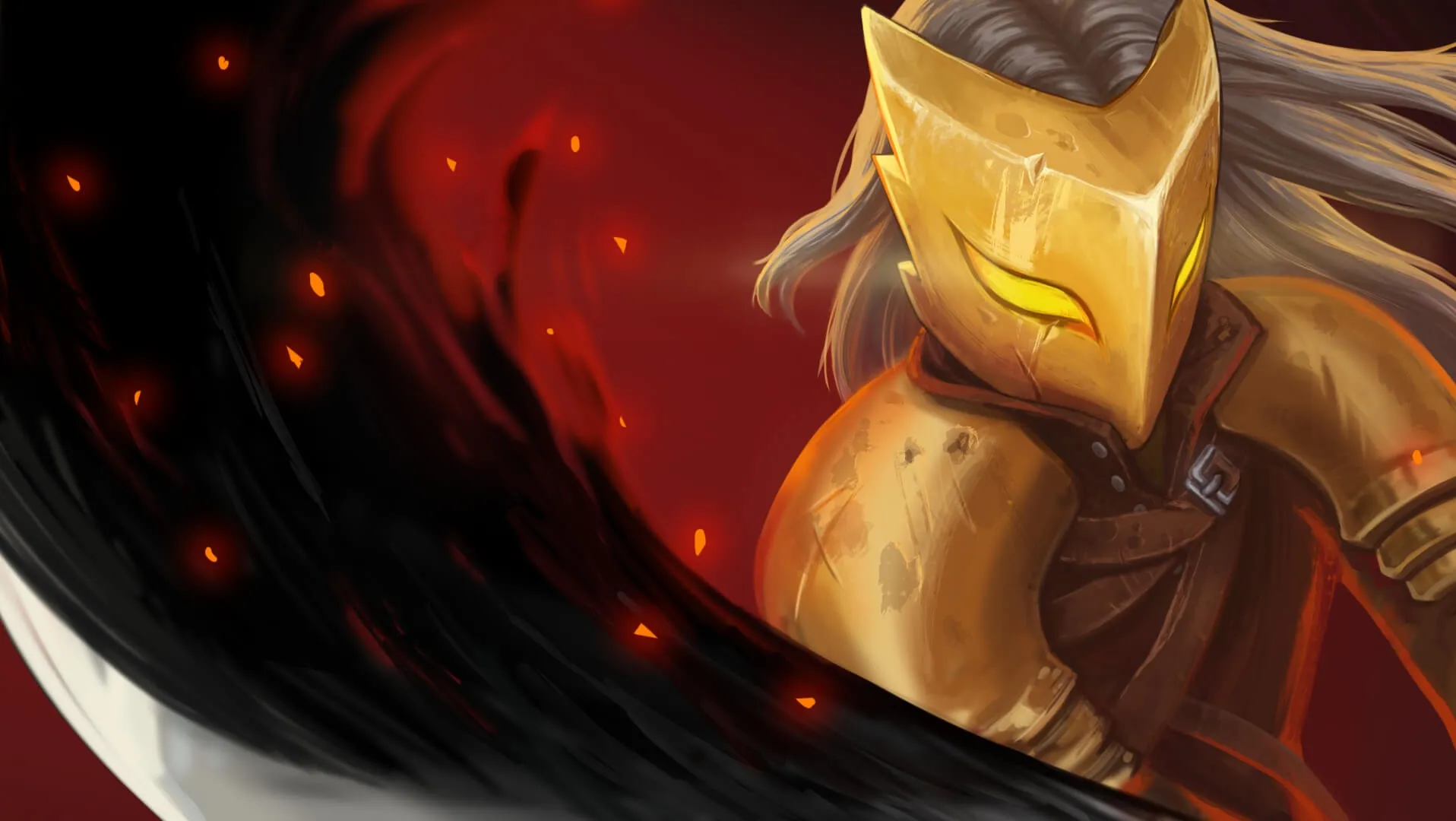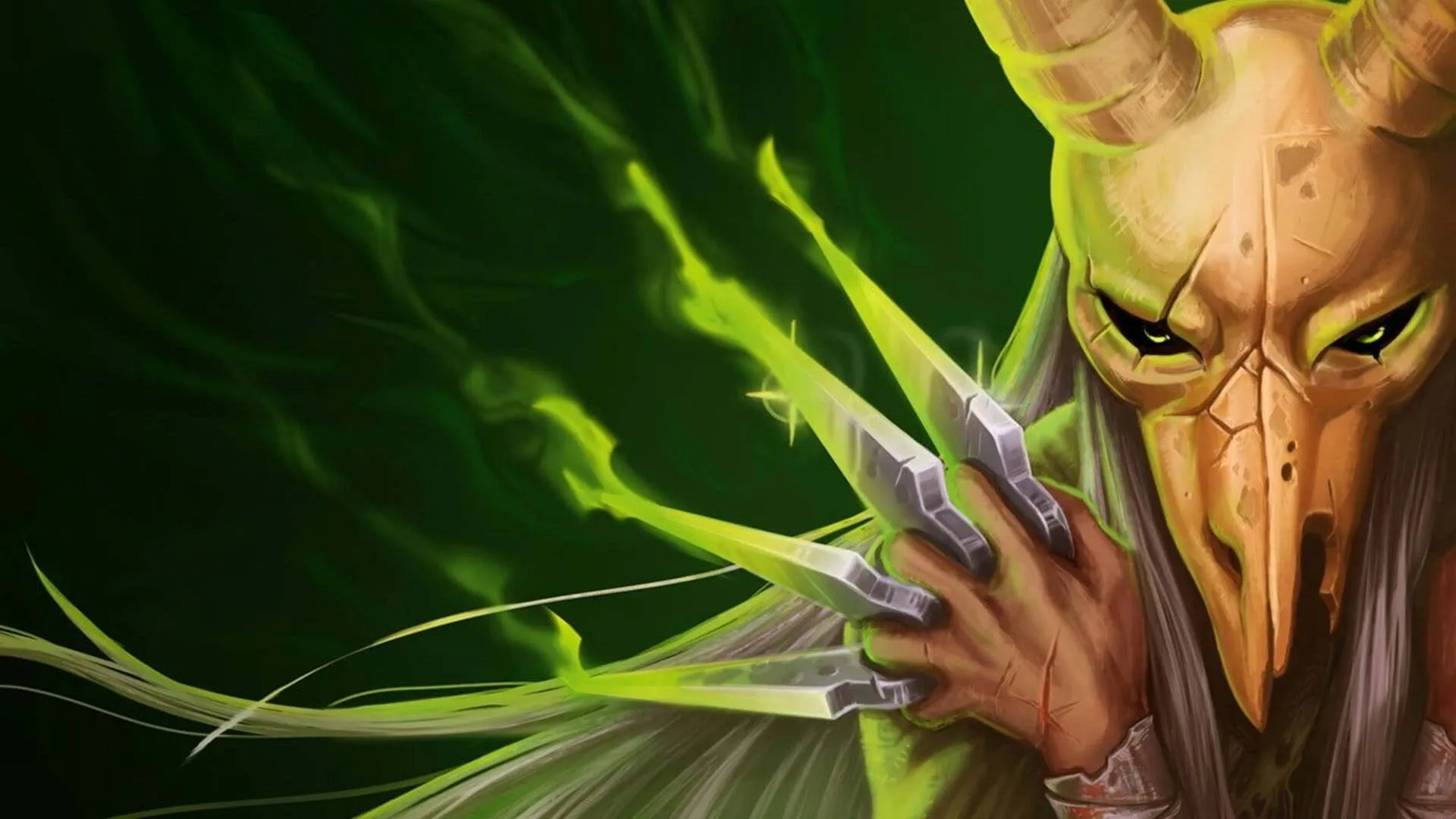There are plenty of roguelikes that deserve to be mentioned and praised: I discussed many of them in Game Design Deep Dive: Roguelikes. In this piece, which is all about celebrating indie games, I want to talk about how a little game (at launch) would go on to not only redefine roguelike design, but become the standard of a brand new subgenre of deck building roguelikes.
Slay the Rogue
At this point, I know every one of you reading this knows the name Slay the Spire by Mega Crit Games. I also know that most of you don't know the name of the game that would be considered the progenitor of this design: Dream Quest by Peter Whalen in 2014.
Unlike what would go on to form the basis of the subgenre, Dream Quest very much fits the idea of combining a deck builder with a roguelike. Each floor was procedurally generated and could have fit in any roguelike released. Combat was all about using your "deck” of cards to fight enemies, with the rewards being more cards or upgrading what you had.
By today's standards, Dream Quest doesn't hold up as well as the games that came after it, unfortunately. The "deck building” is very basic, and it lacks the elements that would become refined and on display in Slay the Spire.

Card Rogues
Slay the Spire was one of those games that I played long before it got picked up by major audiences and sites, and from 30 minutes of playing it on my own, I knew that there was something special here.
The beauty of its design is how the developers really focused the random number generation, or RNG, on what mattered: the player's choices. A run of the game consists of moving through three biomes. Each biome has enemies, events, and bosses, that are unique to it.
From a player's standpoint, they can reasonably know what's going to happen on every floor in terms of what's going to be thrown at them. The X factor, and what made Slay the Spire so brilliant, is that the RNG is focused on what the player can use on every run.
Shops, battle rewards, and events, can give the player cards to choose from that will then be added to their deck going forward. When you play the game, you'll choose a starting character who has a unique set of cards that can show up during a run, and common "colorless” cards. The beauty of the design is that the cards for each character can fit into one of two categories: bread and butter cards that are always good, or build-specific cards that can form into a strategy.
As the player, you never know what you're going to get. Do you take a really good card even though you don't have anything to go with it, or do you bet it big on getting one specific card and hope that you can find the rest of the strategy? On top of that, relics that augment and provide passive upgrades can dramatically change how a run plays out. A relic that grants you a bonus card on discard doesn't sound that big, but when you combine that with a deck built on it, suddenly you can have nigh-infinite card draw. This kind of "controlled number generation”, or CNG, gives the player more of a factor in their success.
Most games would have just given the player a reward and call it a day. By leaving the choice up to the player it gives them control and makes the act of winning now a part of your strategy. The goal of every run of the game is to figure out an overall deck plan and build everything around it. You can have strategies that form within minutes of starting the run, or a late-game reward acting as your hail Mary play.
Very similar to The Binding Of Isaac, a game that the only reason I'm not talking about it in this series is that it's already become massively famous, balance is often put aside in favor of coolness. Slay the Spire is one of those games where you can utterly break the game with the right combination of cards and artifacts. These strategies are rare, hard to plan around, and feel so good when you get to pull them off.
While I do think some of the end game challenges are a bit spikey in terms of difficulty, Slay the Spire's contribution to game design and the roguelike genre cannot be overlooked.

Revealing Roguelikes
A major part of Game Design Deep Dive Roguelikes was looking at the history of the genre, and how what was once a niche became the inspiration for so many game designs. The answer came with this diluting of the term "roguelike” thanks to games like The Binding of Isaac, FTL, Hades, and of course, Slay the Spire.
A deck builder is a perfect vehicle for roguelike design, as it occupies the same challenging space of forcing the player to adapt to what the game throws at them. The difference is that the player is also given a say as to how they want to play the game in relation to what appears. A run can be 30 minutes to an hour-long, and you can have an entirely different experience each time.
To say that Slay the Spire was a trendsetter is an understatement. For most of you reading this right now, you may not realize the sheer enormity of the deckbuilding roguelike subgenre in just the span of two years since its release. I have honestly lost count of the number of these games I've played; some streamers and YouTubers have sworn off the genre due to having too many to play.
As a quick roundup, some of my favorites of the over 41 I've played, include Quantum Protocol, Monster Train, and Vault of the Void, and while not really a roguelike, there's Library of Ruina. Despite many of them featuring original designs, or even doing things better in some respect compared to Slay the Spire, the game remains the current king of the genre.
